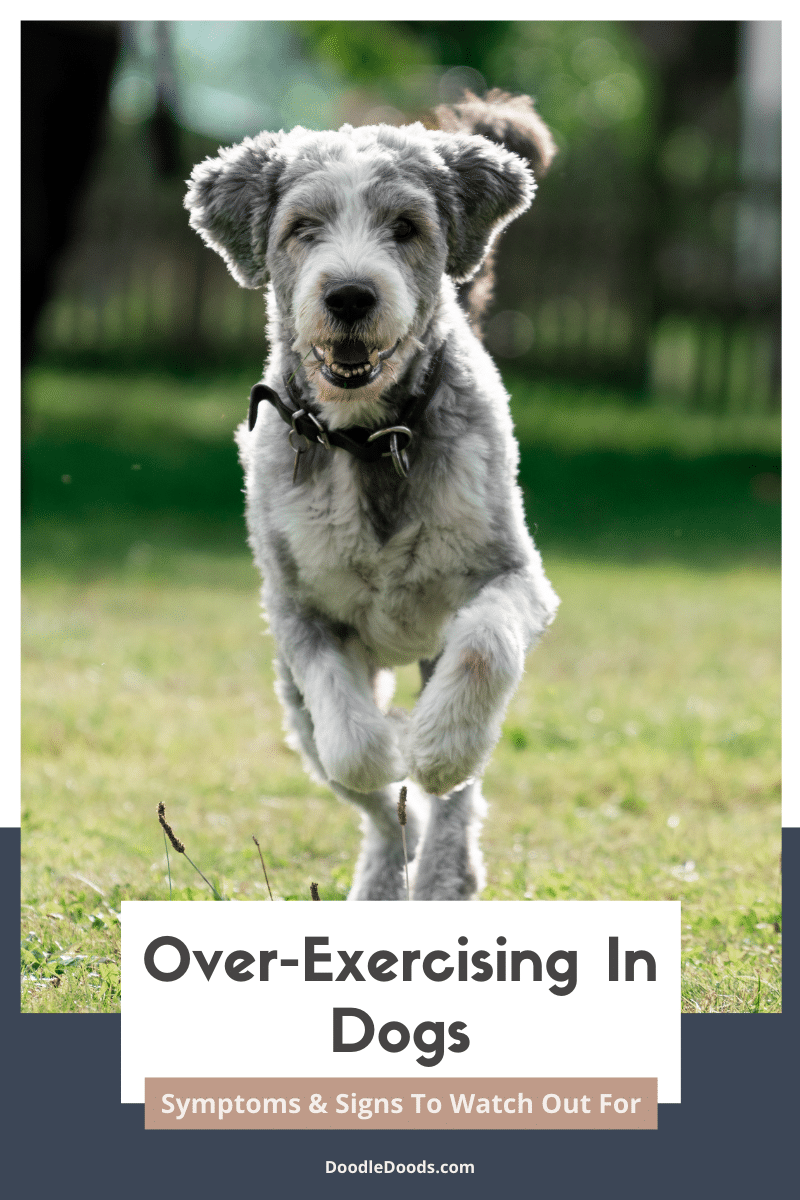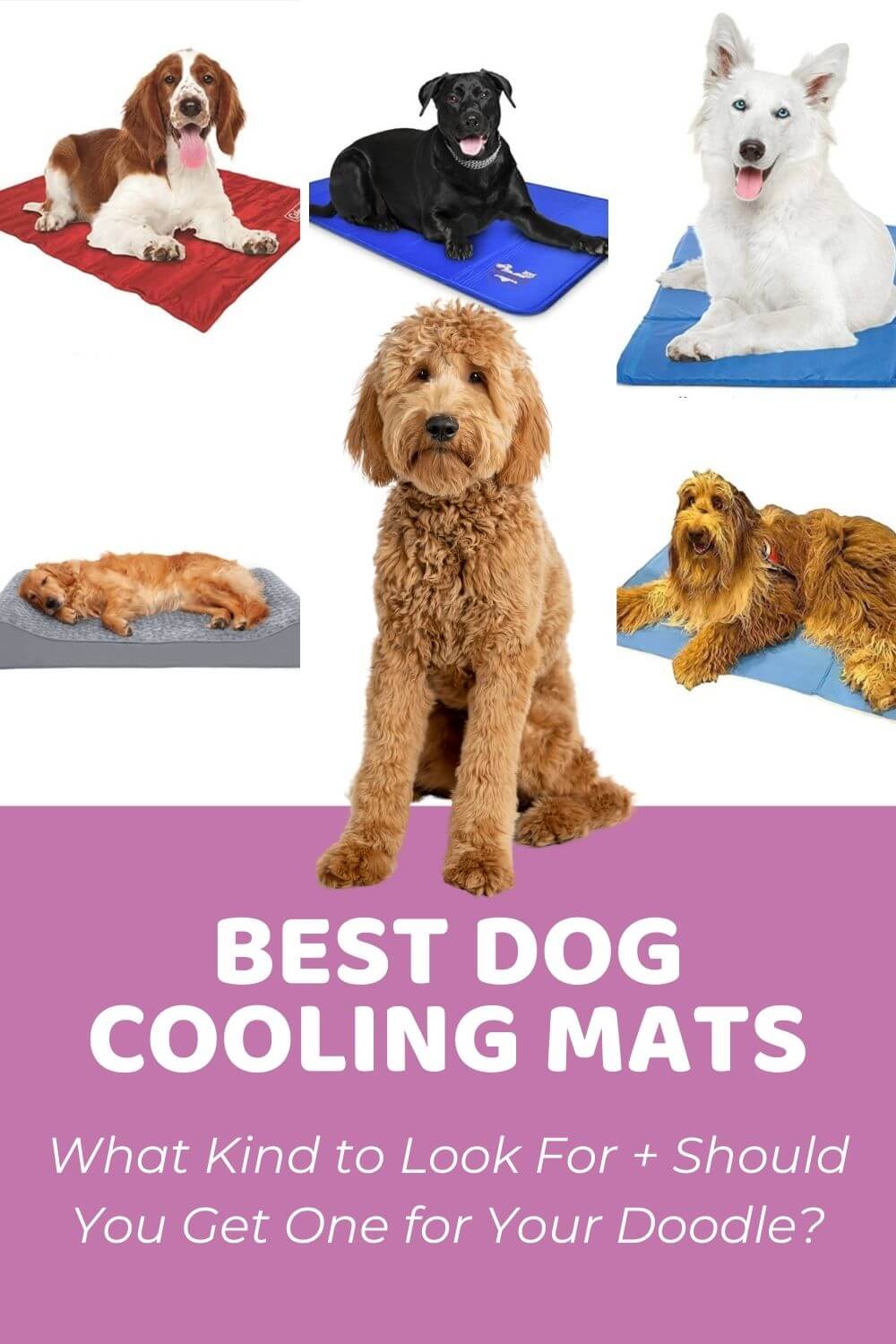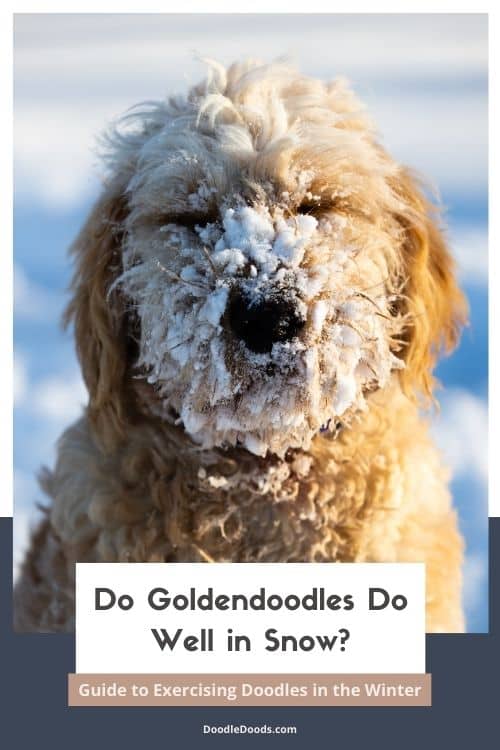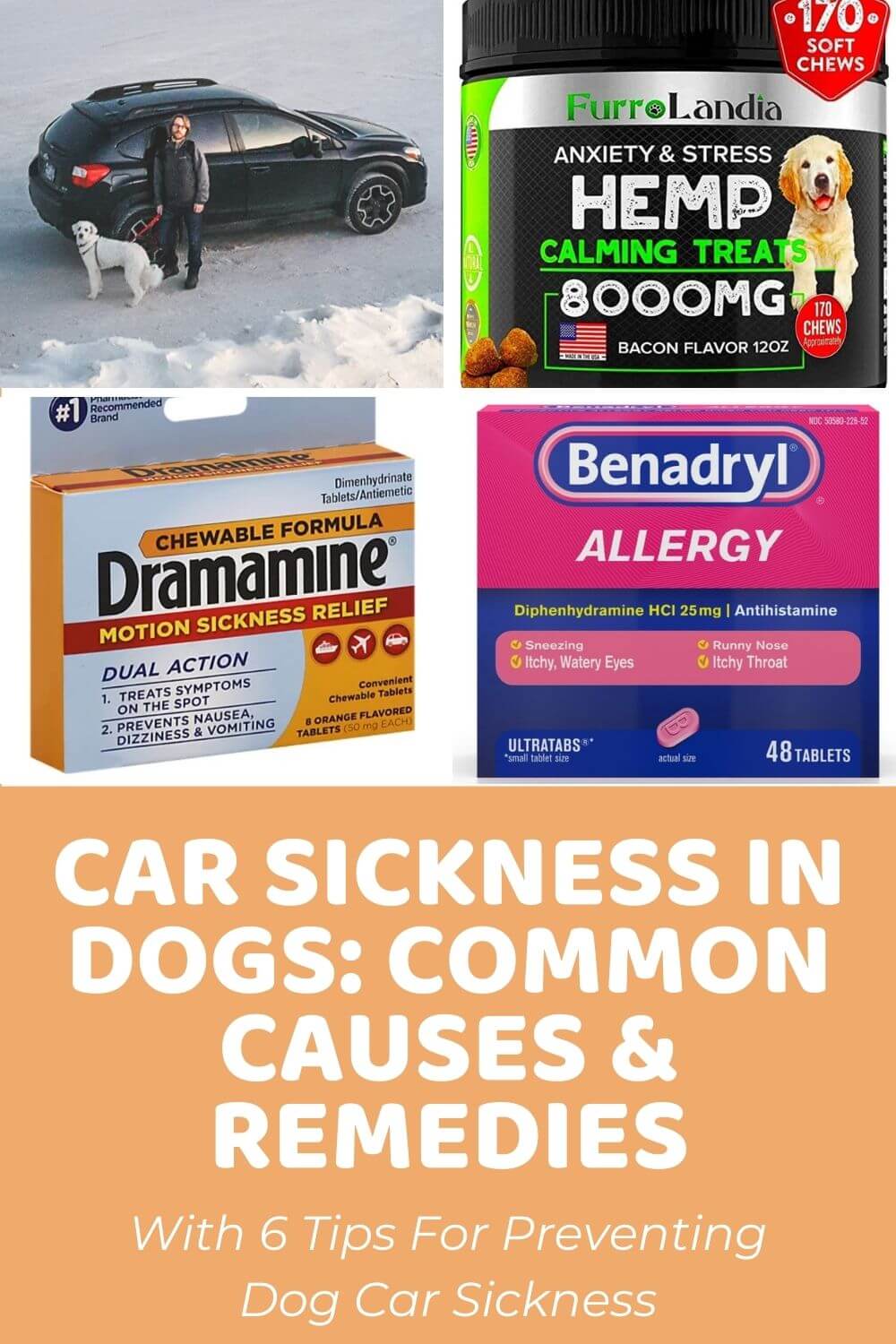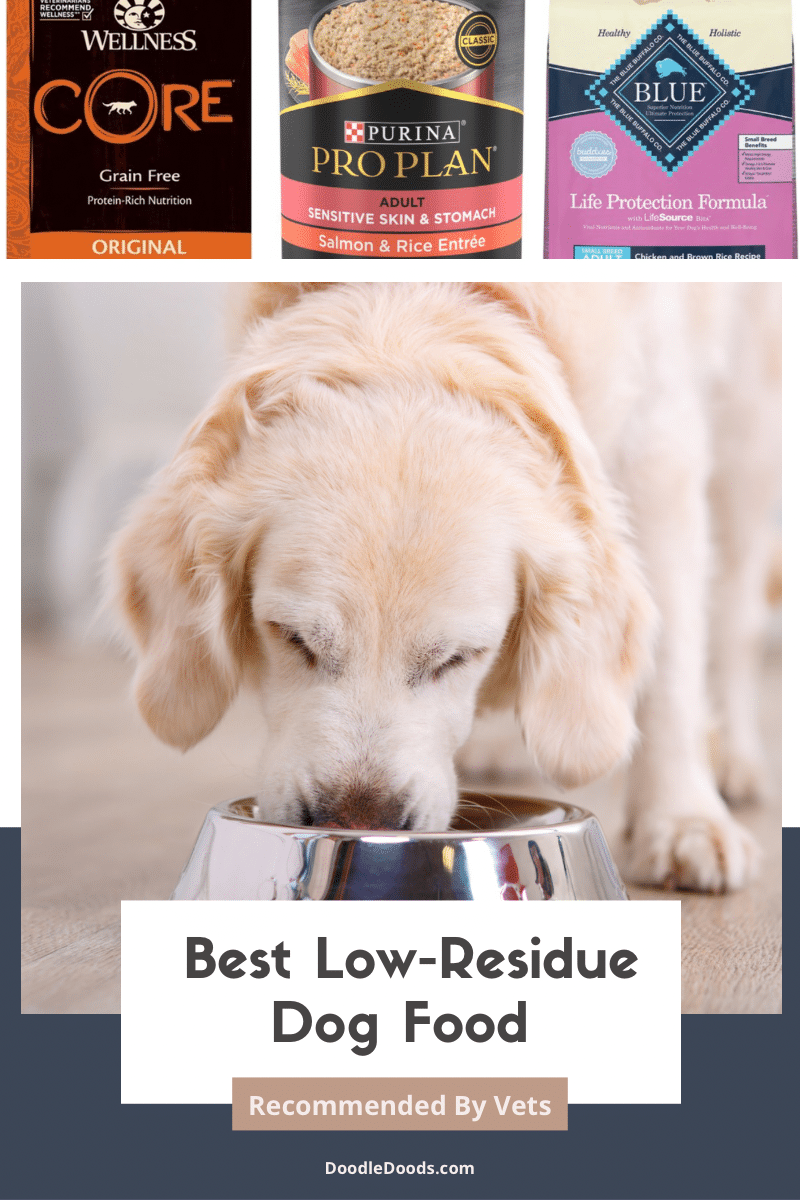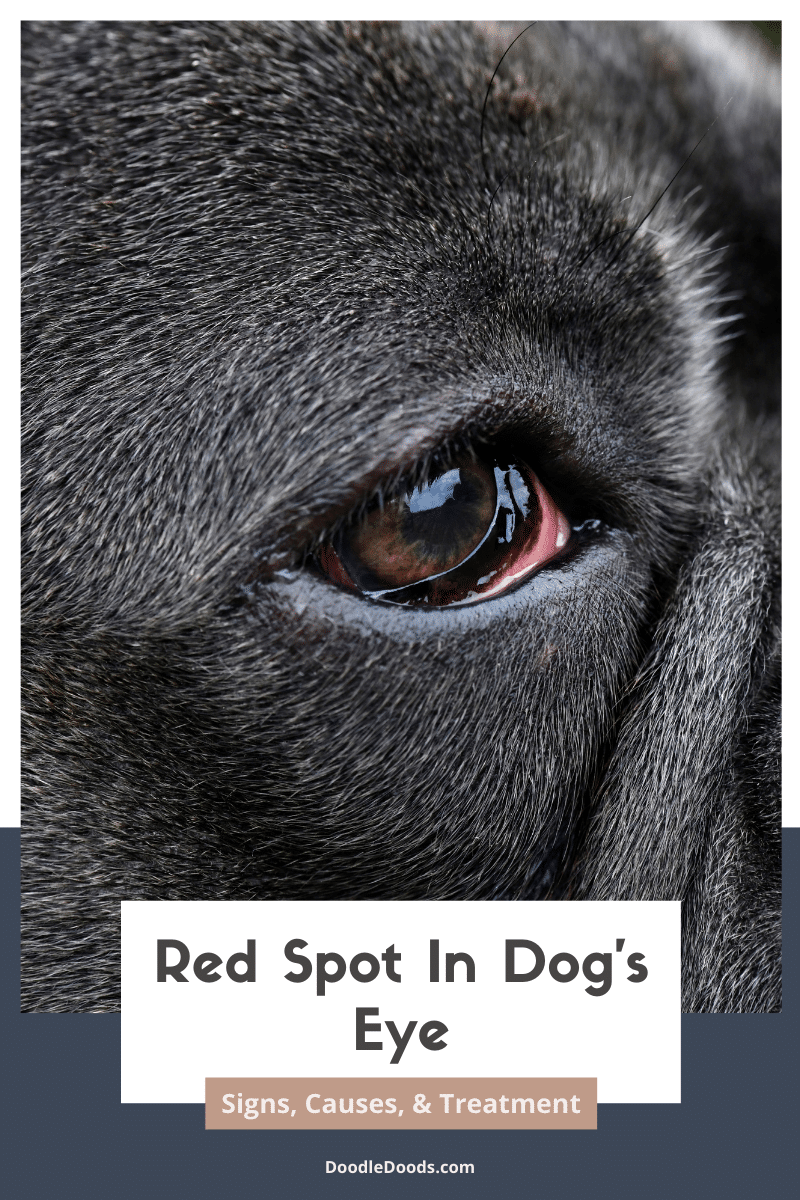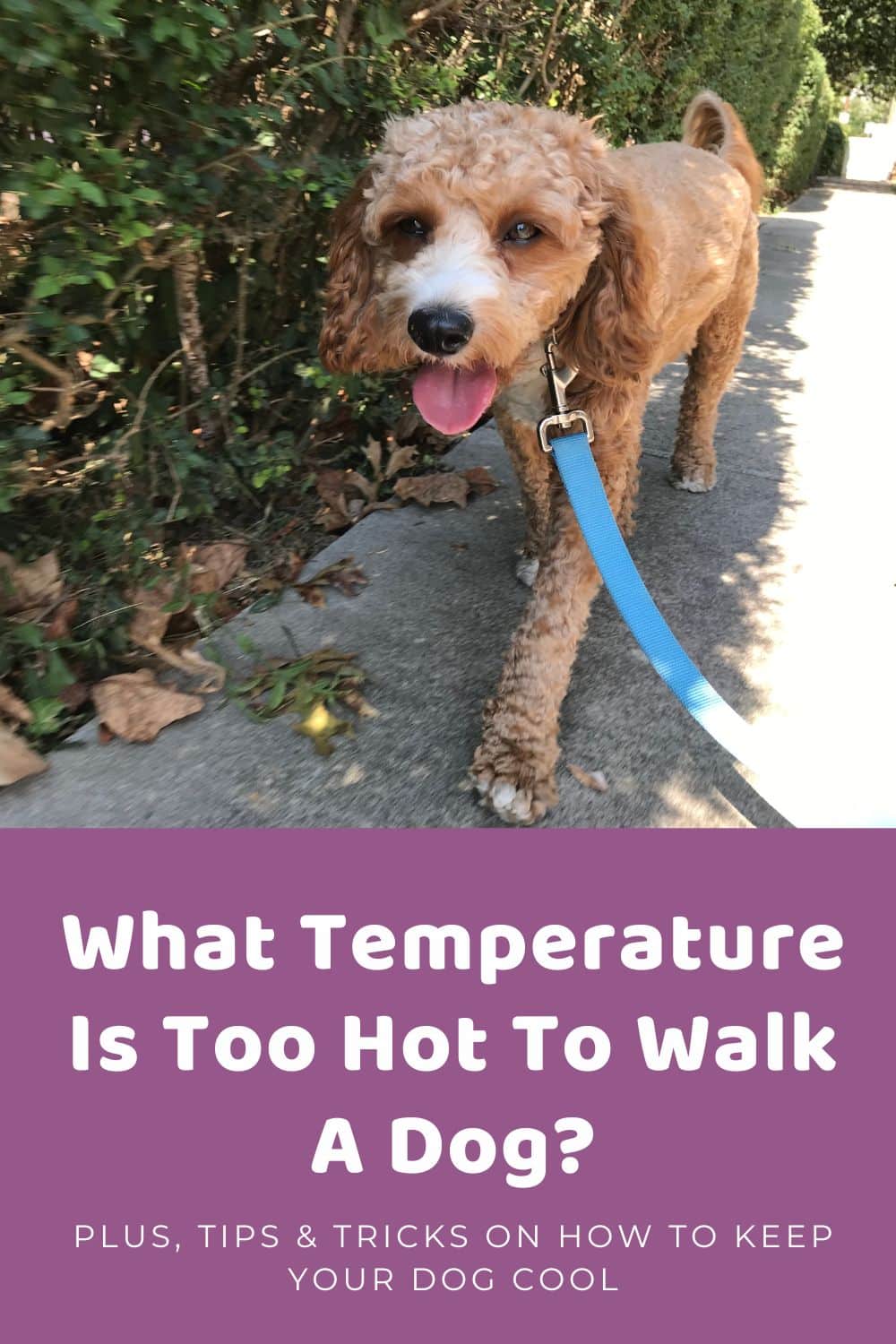One of the best things about becoming a dog owner is getting to do all sorts of fun, physical activities with your new pooch both indoors and outdoors. But is there too much of a good thing? In this article, we’re going to discuss the most common dog over-exercise symptoms and signs and talk about the key things you should keep in mind when exercising your best pal. Let’s get started!
Table of Contents
- Dog Over Exercise Symptoms And Signs: Intro
- What Is The Ideal Exercise Duration For Puppies And Dogs?
- Signs You’re Over Exercising Your Puppy Or Dog
- Top Reasons Why You Shouldn’t Over Exercise Your Puppy
- How Do You Treat Overexertion In Dogs And Puppies?
- How To Safely Train Your Puppy?
- Dog Over Exercise Symptoms And Signs: FAQs
Dog Over Exercise Symptoms And Signs: Intro
What draws many people to dogs is the fact that they pretty much force us to move and get active (beside their cute looks and unconditional love, of course). That’s especially true if you’ve got a super energetic pup that just thrives when being constantly on the go, either going for long walkies, neighborhood jogs, or forest hikes with you.
Now, even though daily exercise is an absolute must for most dogs, it’s also important that you’re not over doing it. Even most of us humans can’t keep going for hours and hours on end, each and every day!
So, as a responsible dog owner, it’s crucial that you’re aware of dog over exercise symptoms and signs in order to prevent potential health issues and ensure your four-legged best pal’s well-being. And that’s exactly what we’re going to discuss in this article today.
What Is The Ideal Exercise Duration For Puppies And Dogs?
Figuring out the ideal exercise duration for both dogs and puppies is a tough nut to crack. For starters, some dog breeds have naturally higher energy levels, and therefore they also need significantly more exercise each day. On the other hand, some breeds are more laid back and generally don’t need as much physical exercise.
In addition to that, your dog’s size can also play a role here. As you can probably imagine, smaller breeds, even though many of them are rather active, simply don’t have the same stamina as some larger breeds. For this reason, some of them can be at a higher risk of overexertion if you take things too far.
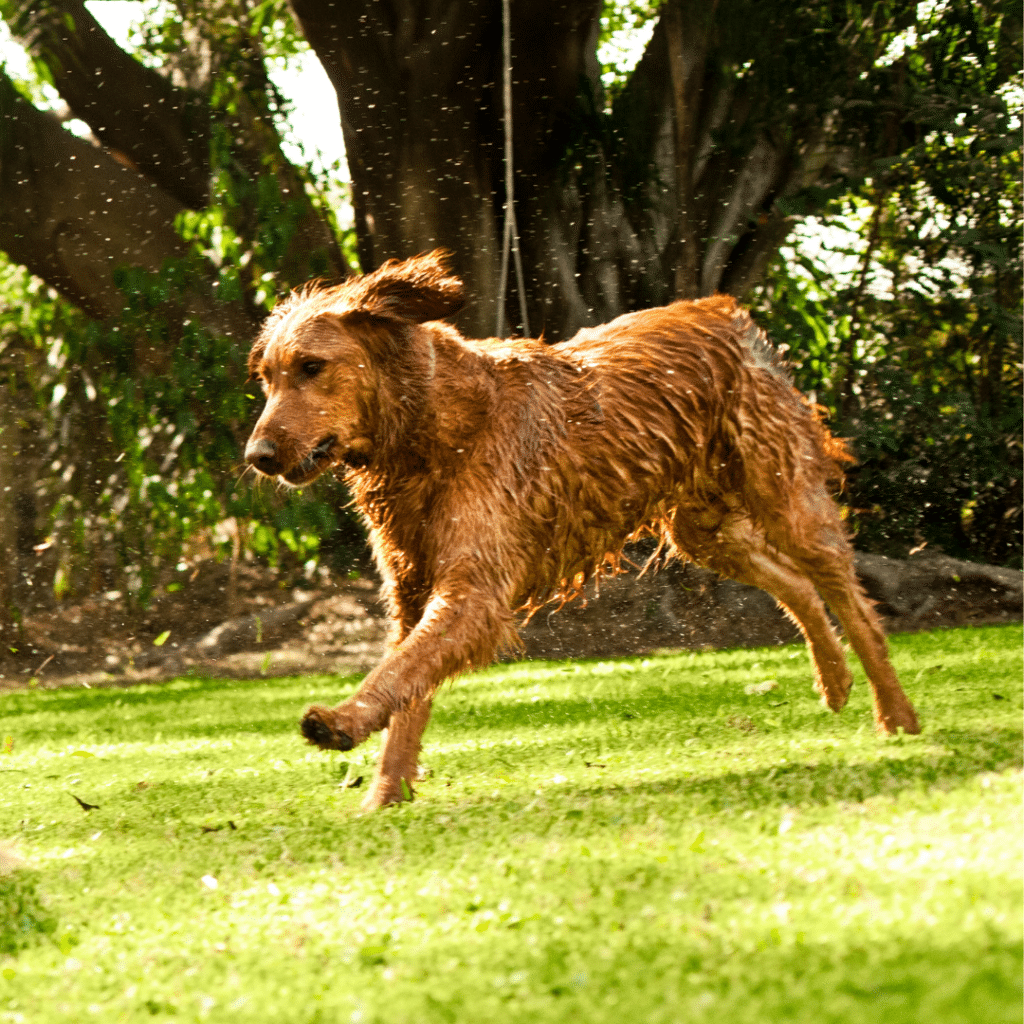
As a general rule of thumb, most adult dogs need about 30 to 60 minutes of exercise each day. However, very active breeds could even work out for a minimum of 60 minutes and up to two hours every single day. That’s why it’s so important that you do your research before deciding on adopting a puppy – you want to make sure that you have the time, energy, and resources to take care of your new pup.
When it comes to puppies, it’s especially important to stay vigilant and avoid over exercising your new puppy. Puppies are technically still babies, as they’re just growing and developing all their bones, muscles, and joints. They also don’t have the stamina of adult dogs just yet, so you want to keep the exercise sessions short and sweet. The younger your puppy, the shorter their workout sessions should be.
However, as they grow older, you can gradually start increasing the duration of their walks. Likewise, don’t force your young puppy to take part in strenuous activities just yet, as jogging and running is simply too much for them to handle at this life stage.
All in all, deciding on the right amount of exercise depends on a variety of factors, such as your dog’s age, size, breed, and overall activity levels. And if you’re in doubt, always consult with your veterinarian about the best solution for your pup according to their unique needs.
Puppy Exercise Chart: How Much Exercise Does A Puppy Need?
While frequent and strenuous exercise is often recommended for some of the most active breeds, it only applies to full-grown adult dogs. Not to mention, some breeds are less energetic and athletic and will therefore need a more laid-back workout routine even in adulthood.
During puppyhood, be sure to exercise your pup daily, but don’t go overboard with it so as to not overexert them. Below you’ll find helpful guidelines on how much you should exercise your puppy according to their age. Keep in mind that these are general guidelines only and your pup may benefit from a slightly different approach. Whatever the case, it’s always best to consult with your vet first before adding any new exercises or activities into your puppy’s daily routine.
| Puppy’s Age | Structured & Continuous Leash Walking | Sniff & Stroll Duration Per Day (Leisurely Walking) |
| 8-12 weeks | 2 minutes per session | 10-15 minutes |
| 12-16 weeks | 2 minutes per session with increased distance | 15-20 minutes |
| 4-6 months | 2 minutes per session with increased distance | 20-30 minutes |
| 6-8 months | 10-20 minutes | 30-40 minutes |
| 8-10 months | 15-25 minutes | 30-50 minutes |
| 10-12 months | 20-30 minutes | 50-60 minutes |
| 12-18 months | 20-30 minutes | 60 minutes + |
The younger your puppy is, the more you should prioritize those leisurely sniff and stroll walking sessions where your pup gets to explore and spend time outdoors on a soft ground. During puppyhood, less is more. Plus, those sniffy walks also double as enrichment for your growing pooch!
At first, keep the continuous walking sessions on a leash as short as possible and never force your puppy to go on if they’re visibly not comfortable with it. For the first 6 months of your puppy’s life, structured walking sessions should last for a maximum of two minutes. However, you can start very gradually increasing the distance by the time your puppy is 12 weeks old and there onward.
On the other hand, be sure to let your puppy run on their own as much as they like to. Puppies have plenty of energy and if your lil’ pooch wants to go crazy inside the house or in your safe, fenced backyard, they’ll know when to stop on their own.
Signs You’re Over Exercising Your Puppy Or Dog
If you’re anything like us, you’re probably worried about anything and everything when it comes to your precious pal. You want to make sure you’re taking good care of your dog, so being constantly worried is only natural.
So, you might be wondering whether you’re accidentally exercising your dog too much. If that’s the case, then keep on reading the following sections where we’ll discuss the common signs of over exercising a puppy or dog.
Your Dog Is Excessively Panting And Refusing To Move
If your dog is excessively panting and refusing to move, it could be a sign that you’re over exercising them. Likewise, if your dog starts to slow down and even stumbles a bit, it’s time to head back home immediately.
When dogs are pushed beyond their physical limits, their bodies struggle to regulate temperature and maintain energy levels. This can cause heavy panting as they try to cool down and catch their breath. Keep in mind that dogs don’t regulate their body temperature by sweating as us humans do, so it’s vital that you’re paying attention to your dog’s behavior while you’re out for a walk, especially if it’s hot outside.
Additionally, if your dog or puppy is refusing to move, that’s another thing to pay attention to. Of course, some pups are simply a bit stubborn and have a hard time when walking on a leash. However, in case of overexertion, this could instead indicate fatigue, muscle soreness, or even pain.
The Gums Of Your Dog Turn Dark Red
When it comes to dog overexertion symptoms, there are some that can be hard to detect. One of the lesser known signs of over exercising a puppy or dog is that their gums turn dark red.
The reason for this is that overexertion often leads to dehydration, and sometimes even heatstroke. If your pup is losing more fluids than they’re consuming, such as during intense exercise or in extreme heat, you might notice their gums turning red.
In case of dehydration, a quick solution would be to give your dog plenty of clean drinking water and take them back home immediately. However, if at any point you suspect a heatstroke, make sure you contact your vet ASAP. Keep in mind that heatstroke can be life-threatening if not dealt with, so taking quick action is vital.
Your Puppy Gets Stiff
If your dog or puppy gets stiff after exercise or playtime, it could be an indication that they have been going a bit overboard with exercise and are now experiencing the aftermath. It could be either due to muscle soreness or in some cases injury. Think of it this way – if you’ve just started on a new workout plan or physically demanding job, you’re likely feeling all that discomfort for a few days afterwards as well. If your dog is exhausted after playing, it could simply mean that they had a bit too much fun and didn’t know when to stop.
Nonetheless, if the stiffness and reluctance to move persists, it’s best to contact your vet for further instructions. Stiffness in dogs and puppies could also indicate that the pain is elsewhere or maybe they’re experiencing a more serious condition like hip or elbow dysplasia. In addition to that, if you notice that your pup’s appetite has decreased and their overall behavior has changed, you should contact your vet as soon as possible.
Top Reasons Why You Shouldn’t Over Exercise Your Puppy
Even though daily exercise is beneficial for dogs and puppies for numerous reasons, going too far can have the exact opposite effect. It could lead to various health problems, injuries, and even cause issues with their growth in puppyhood. So, here are the top reasons why you should avoid overexercising your pup:
Paw Pad Injuries
One of the most common, but fortunately not as serious complications of over exercising a dog or puppy are paw pad injuries. You may notice wear and tear signs on your pup’s paw pads, such as abrasions, scaly and thin skin, cuts, or a reddish hue. If quickly dealt with, you can soothe the pain and make sure your pup’s paw pads have time to heal. But make sure you’re not forcing them to hit the pavement shortly after – give them some time!
Another thing to keep in mind is that paw pad injuries can also lead to infections. If there are any tears or open wounds on the paw pads, you don’t want any bad bacteria getting inside the wound and wreaking havoc.
Joint Injuries
Obviously, over exercising your dog could also lead to various other injuries, including joint injuries. As many dog breeds are at risk of hip and elbow dysplasia, you want to make sure that you’re not putting too much strain on your dog’s joints with excessive exercise.
At first, this could manifest as a simple sprain or mild, one-off joint pain. But over time, this could lead to more serious joint issues, limping, and severe pain. In fact, if a young puppy is already experiencing joint pain, you’ve got to be especially careful to avoid it in the future. Otherwise, they’ll be at a much higher risk of joint problems later on in life. Additionally, it could negatively affect their joint development in those early life stages.
Growth Plate Damage
One of the most important reasons why you should never over exercise a young puppy is that their growth plates could get damaged. But what are those growth plates and why is that important, anyway?
Puppies don’t have properly formed, calcified bones just yet. During puppyhood, growth plates are those soft areas of cartilage at the ends of their long bones. As they grow, these soft areas calcify and form into strong bones. But if those growth plates get damaged due to excessive exercise, it could lead to abnormal bone growth and other long-term health issues. As a result, it could affect their normal growth patterns and even lead to stunted growth or other developmental issues.
We also have to note that not all puppies develop at the same rate. Smaller breeds tend to reach their full adult size much sooner than large and giant breed dogs. Therefore, as your puppy grows and develops, it’s vital to stay in touch with your vet and discuss this topic to ensure that you’re not unknowingly harming your puppy by simply wanting to keep them healthy with a good amount of exercise.
Heat Exhaustion
A combination of high intensity exercise and hot weather can be extremely dangerous for our four-legged companions. As we know, dogs don’t regulate their body temperature by sweating as we do, and for this reason they’re also more at risk of overheating and heat stroke.
By the way, brachycephalic breeds like Pugs, Bulldogs, and Boxers, as well as puppies are at much higher risk of heatstroke. Therefore, make sure you don’t put too much strain on your pup in hot weather and provide them with plenty of opportunities to cool down, including bringing along a portable drinking bowl and finding a shady place for them to rest.
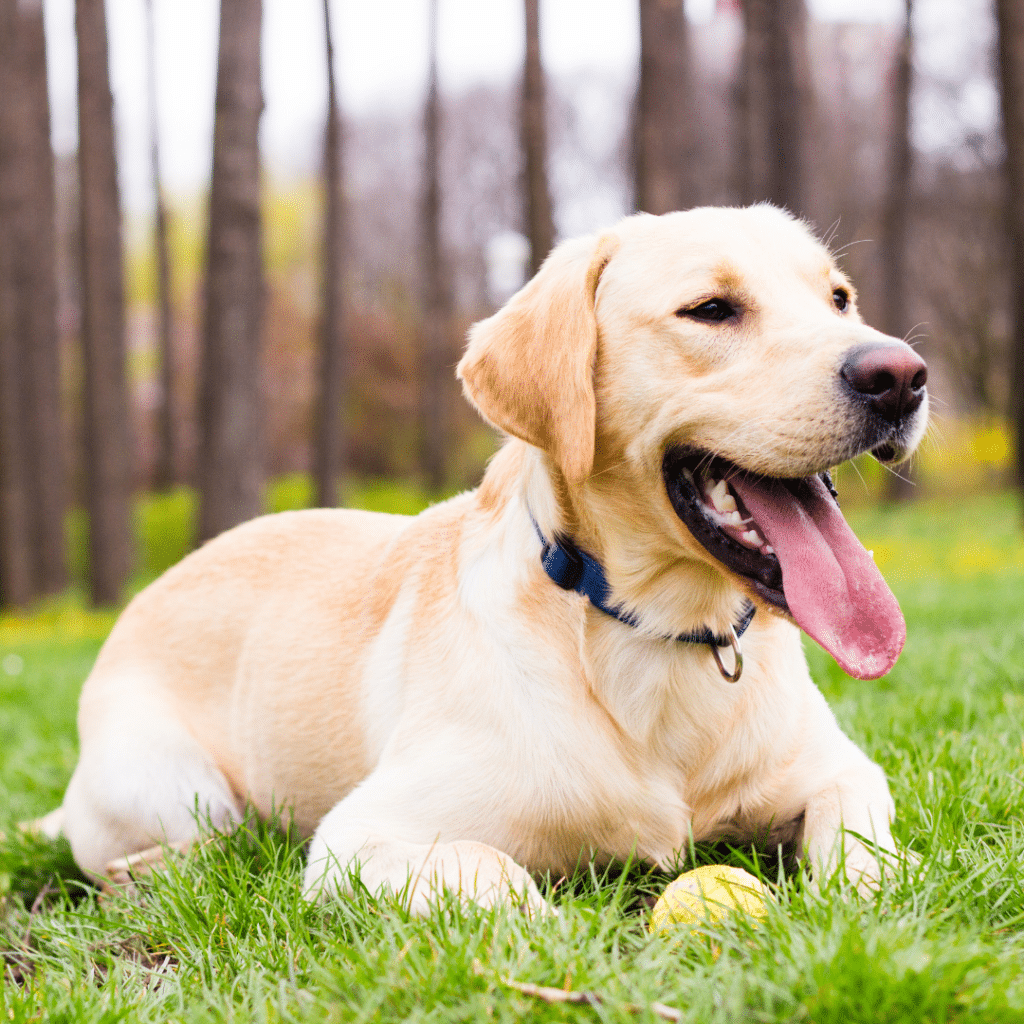
Sore Muscles
Your dog’s exhaustion after exercise could also be very well caused by their sore muscles. As we mentioned above, excessive and vigorous exercise can tire us out and cause muscle pain both in humans and dogs. So, it’s only natural for your dog to feel a bit sore if they’ve had so much fun running around and playing with you, a toy, or their canine pals. They’ll likely feel weak in the muscles, have a difficult time getting up and moving around, and might even whine.
If you give them plenty of rest in between workout sessions, then this issue should go away pretty soon after. However, if these symptoms persist, it could indicate that there’s a much more serious issue that needs urgent veterinary care.
Although it might be tempting to give your pup some extra workout time if you haven’t provided them enough exercise the past couple of days, don’t go overboard with vigorous exercise right after. Instead, you should aim to exercise your puppy or dog every single day and
How Do You Treat Overexertion In Dogs And Puppies?
In case your dog or puppy has overexerted themselves, your number one priority is to immediately handle the symptoms and prevent this from happening in the future. Here are some steps you should absolutely follow if you suspect your dog or puppy has taken their exercise a bit too far.
Stop Exercise Immediately
If at any point you notice dog over exercise symptoms and signs, such as excessive panting, stiffness, reluctance to move, red gums, or any others we mentioned above, it’s vital that you stop the activity immediately to prevent any further strain on your precious pal.
Move To A Cool, Shaded Area
If it’s sunny and hot outside, you should find a cooler environment for your pup immediately. Look for areas that are shaded and preferably with a good airflow. This will help them cool down and regulate their body temperature.
Make Sure To Hydrate Your Pup
Provide your pup with fresh, cool water to drink. A portable water bottle with a drinking bowl is super helpful to bring along on your pup’s exercises and walkies, such as the ones we have here. This is an excellent way to prevent dehydration and also help them cool down in the process.

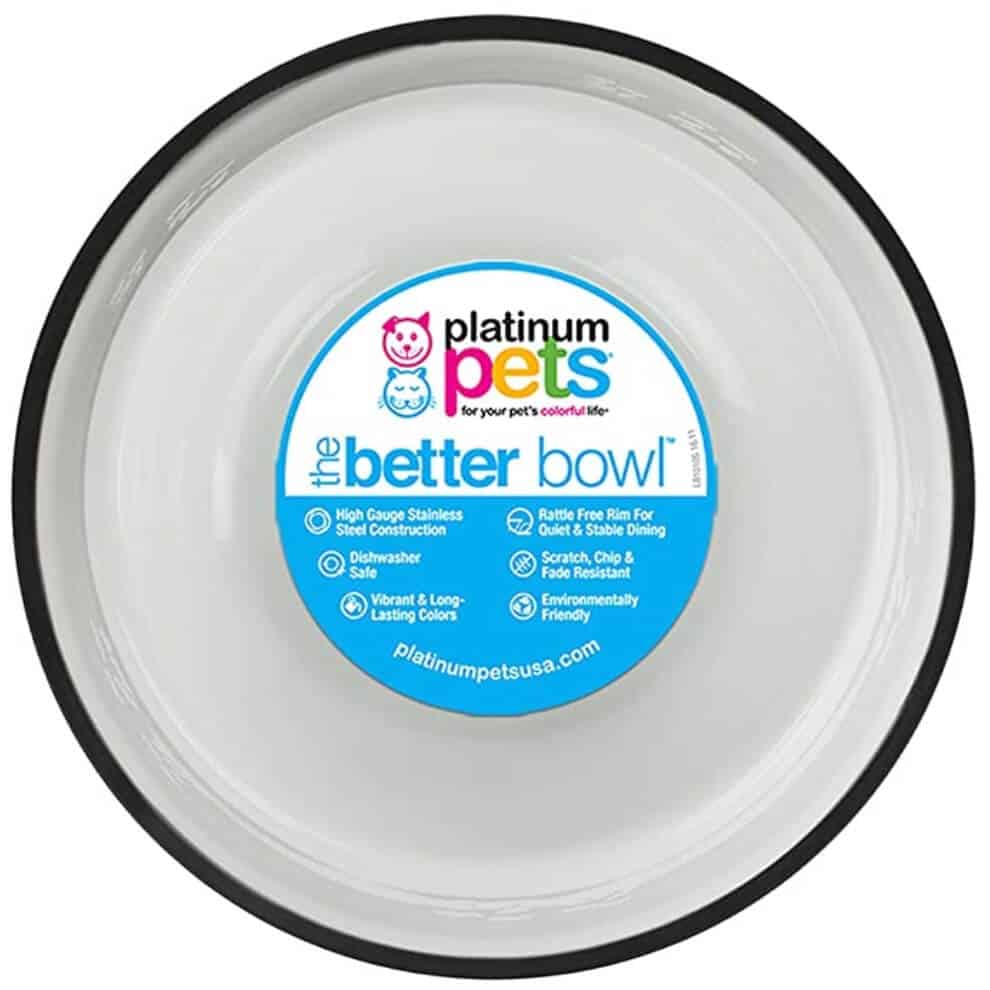
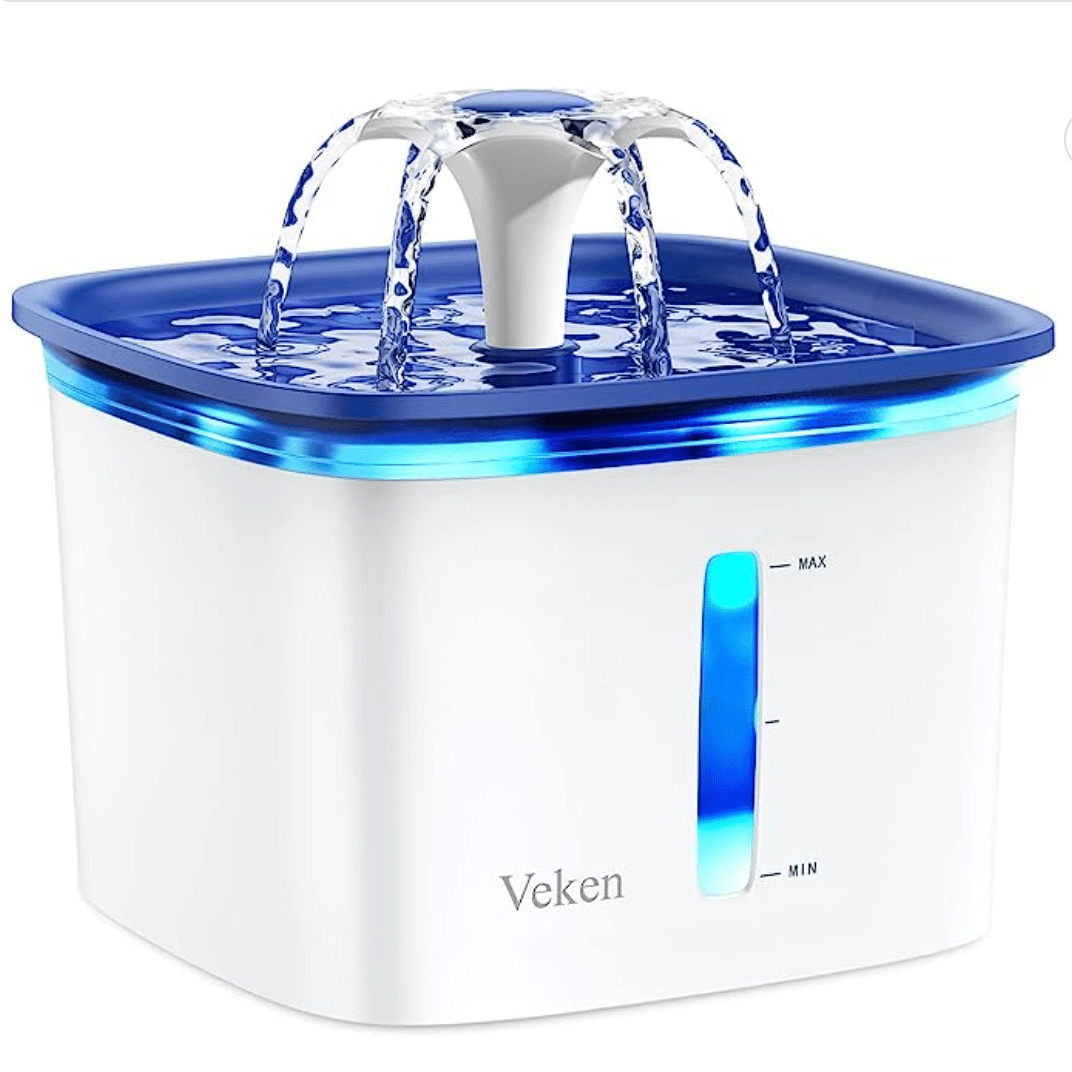
Have A Cooling Mat Ready To Go
A dog cooling mat is a wonderful product for our dogs, as these are designed to help them cool down after overdoing it with exercise or when it’s hot outside. You can also use a wet towel or cool compresses to gently cool down your dog’s body, focusing on areas like the neck, armpits, and groin.
Provide Your Dog Plenty Of Rest
Needless to say, whenever your dog or puppy has overexerted themselves, you should make sure they get plenty of rest to recover afterwards. Make sure you keep a close eye on their behavior and wellbeing, and whenever you notice any unusual or worrying signs, contact your veterinarian immediately.
Consult Your Veterinarian
If you’re concerned about your dog’s health after an overexertion episode, consult your vet for advice and any necessary treatments. They can also provide guidance on appropriate exercise routines for your pet’s age, breed, and fitness level.
In addition to that, to prevent future overexertion, modify your dog or puppy’s exercise regimen by gradually increasing intensity and duration, avoiding extreme weather conditions, and monitoring their behavior during activities. It’s not uncommon for dogs to not understand when they’re having a bit too much fun, so it’s your responsibility to stop the exercise if you suspect this could lead to overexertion.
How To Safely Train Your Puppy?
When it comes to raising a puppy, there’s a lot that you have to consider. They need their daily exercise, mental stimulation, and you also have to start with training from an early age to set your pup up for success.
Potty training, basic obedience, and crate training are all crucial parts of any puppy’s upbringing. However, you’ve also got to make time for proper socialization with people of all ages and other pets, as well as plenty of enrichment methods to prevent boredom and keep your pup’s mind engaged.
To be fair, training, daily exercise, and socialization are all different forms of enrichment activities that help your puppy develop its confidence and reduce fear-based anxiety and aggression later in life.
A helpful trick when raising a puppy is to set a daily schedule and stick to it, day in and day out. This is the single most effective way to schedule all of your pup’s mealtimes, bedtimes, training sessions, and exercise sessions.
But as we said earlier, you should never force your puppy to exercise or train for long periods of time. They’re still growing and developing, not having the stamina of a grown dog, and they need plenty of rest in between their potty breaks and mealtimes.
In addition to that, you should only use positive reinforcement training methods, rewarding your puppy with praise and treats for behaving well. You should never resort to harsh training methods, or scold or punish your pup.
Moreover, make sure to provide your puppy with age-appropriate exercises that aren’t detrimental to their growth and development. Keep the workout sessions short and sweet, avoiding anything too strenuous or long.
And finally, don’t forget to stay consistent and patient with your little pal. You have to be prepared for some setbacks from time to time, especially during the adolescence stage of their puppyhood. By following these guidelines, you can safely train your puppy while forming a strong bond and setting them up for success throughout their life.
We also recommend you try out the Online Puppy School by Baxter & Bella, which is a wonderful program for all puppy parents. You can follow this comprehensive program entirely from home without having to take your pup to expensive puppy schools, as it covers everything any new puppy parent should know when raising their new best pals.
Puppy Training Timeline
Below you’ll find a helpful puppy training and exercise timeline so that you can safely add new activities into your pup’s daily routine. Keep in mind that with activities like jumping and tugging, it’s especially important to stay careful so that your puppy won’t accidentally get injured.
8-10 Weeks
- Introduce a daily schedule
- Potty training
- Crate training
- Basic manners
- Gentle handling and grooming
- Socialization with people and fully-vaccinated, calm pets inside the household
- Noise desensitization
- Short leash walking sessions
- 10-15 minutes of sniff & stroll
- Introduce different surfaces
- No stairs
- No jumping
- Low tugging, no pulling on the toy
10-12 Weeks
- Continue following a daily schedule
- Potty training
- Crate training
- Gentle handling and grooming
- Add new commands
- Impulse control
- Socialization with people and fully-vaccinated, calm pets inside the household
- Noise desensitization
- Gradually increase leash walking distances
- 10-15 minutes of sniff & stroll
- No stairs
- No jumping
- Low tugging, no pulling on the toy
12-16 Weeks
- Continue following a daily schedule
- Potty training
- Crate training
- Gentle handling and grooming
- Add new commands
- Continue with impulse control
- Socialization with people and fully-vaccinated pets outside of the household
- Noise desensitization
- Gradually increase leash walking distances
- 15-20 minutes sniff & stroll
- 5 minutes wading
- Teach stairs supervised
- No jumping
- Low tugging, no pulling on the toy
4-6 Months
- Continue following a daily schedule
- Potty training
- Crate training
- Gentle handling and grooming
- Advanced commands and manners
- Continue with impulse control
- Socialization with people and fully-vaccinated pets outside of the household
- Walks around the neighborhood and in public places (only once your pup is fully-vaccinated)
- Increase leash walking distances and training session duration
- 20-30 minutes sniff & stroll
- 5-10 minutes wading
- Teach stairs supervised
- Jumping to wrist height
- Low tugging, no pulling on the toy
- Introduction to agility or retrieving
6-12 months
- Continue following a daily schedule
- Potty training
- Crate training
- Gentle handling and grooming
- Advanced commands and manners
- Continue with impulse control
- Socialization with people and fully-vaccinated pets outside of the household
- Walks around the neighborhood and in public places (only once your pup is fully-vaccinated)
- Increase leash training gradually from 10 to 30 minutes
- 30-60 minutes sniff & stroll
- 10-15 minutes wading
- Teach stairs supervised
- Jumping to elbow height
- Low tugging, no pulling on the toy
12-18 months
- Continue following a daily schedule
- Potty training
- Crate training
- Gentle handling and grooming
- Advanced commands and manners
- Continue with impulse control
- Socialization with people and fully-vaccinated pets outside of the household
- Walks around the neighborhood and in public places (only once your pup is fully-vaccinated)
- Increase leash walking distances and training session duration to 20-30 minutes
- 60+ minutes sniff & stroll
- 5-10 minutes wading
- Jumping to elbow height
- Low tugging, no pulling on the toy
18 months +
- You can introduce running and endurance training gradually over time
- Gradually increase jumping height
- You can start holding the tug toy higher, but preferably let your pup do the tugging to prevent neck injuries
Dog Over Exercise Symptoms And Signs: FAQs
Some of the most common dog over exercise symptoms and signs include excessive panting, lethargy, refusal to move, muscle tremors and stiffness, dark red gums, and extreme thirst and dehydration. In severe cases, a dog might also start vomiting or experience diarrhea, they may collapse, or suffer a heatstroke.
If your dog gets too much exercise, they may experience overexertion, leading to symptoms like soreness and pain, excessive thirst, or even heatstroke. They may also experience paw pad and joint injuries. However, a very serious thing to consider with puppies is that they’re at a high risk of growth plate damage, which can severely alter their bone and joint formation, leading to a wide range of serious health issues later in life.
This depends on the severity of the symptoms and how much your dog overexerted themselves. In case of muscle soreness and slight dehydration just once, the symptoms should go away in the next few days. Of course, make sure you provide them time to rest and don’t let them over exercise during their recovery. However, if the symptoms persist or worsen, you should consult your veterinarian as soon as possible.
Dog Over Exercise Symptoms And Signs: Final Thoughts
Knowing how to spot dog over exercise symptoms and signs is so important, as you’ll want to make sure that your furry family member gets a proper amount of exercise without any harm to their health and wellbeing. We hope you learned some helpful facts from this guide so that you can do your favorite activities with your best pal with peace of mind. And remember, if at any point you’re concerned whether or not certain exercises are suitable for your pup, don’t be afraid to reach out to your vet for further advice.
Learn How to Stop Shavedowns For Good & Keep Matting At Bay!
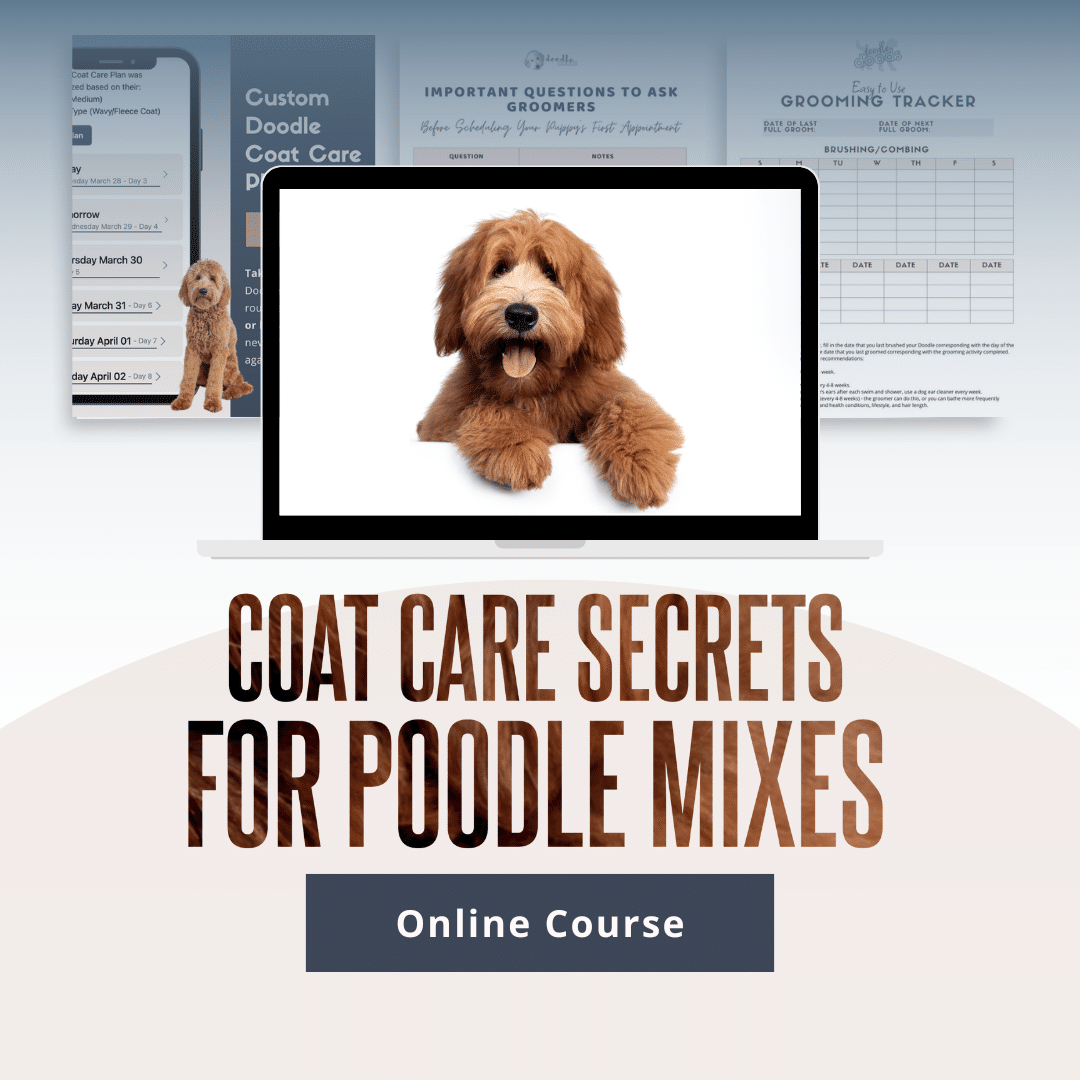
Discover the PROPER Doodle coat care routine that gets your pup to cooperate…helps you nip tangles in the bud…and gets groomers to do exactly what you want.
Plus, get $520 worth of Bonus Materials for FREE, including:- Doodle Parenthood Community and Support Group ($190 value)
- Custom Doodle Coat Care Plan Lifetime Access ($75 value)
- Easy to Use Doodle Grooming Tracker ($20 value)
- And MORE!

